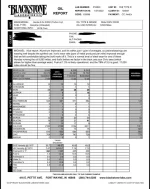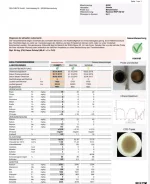No they are not. The engine is not designed “for” a grade here, but it may designed to tolerate one. That engine will operate just fine on an oil with a higher HT/HS as long as the winter rating is appropriate for the expected starting temperature.The initial fear of using 0w20 I had has since faded after researching the current GM 5.3 engine (mine) oiling system. There is a suction side of the pump that serves as oiling also vs the old suction just being to pick up oil from the sump. Saying that to say sometimes these engines are truly designed for 0w20.
Even more so no engine is designed for a certain winter rating, that is silly.



